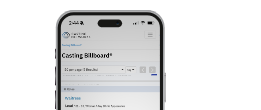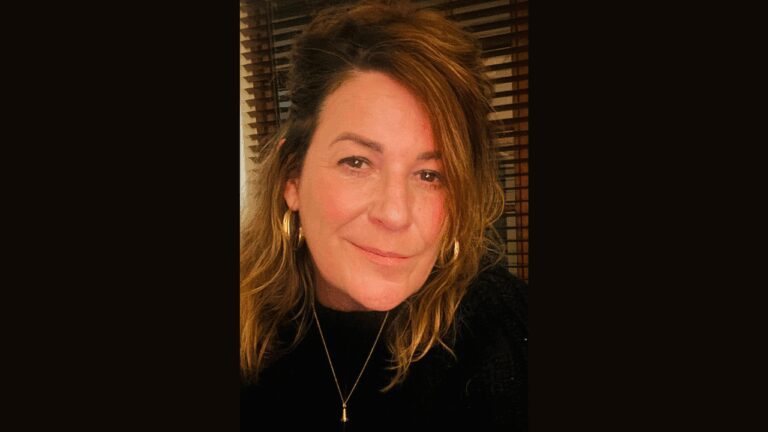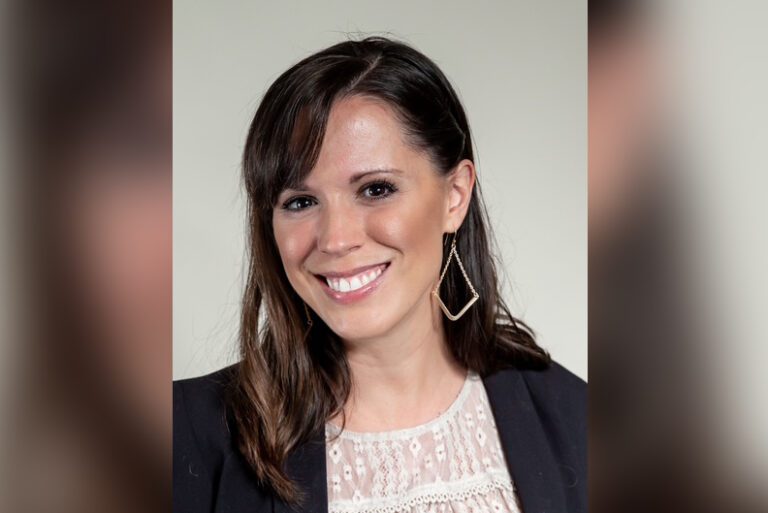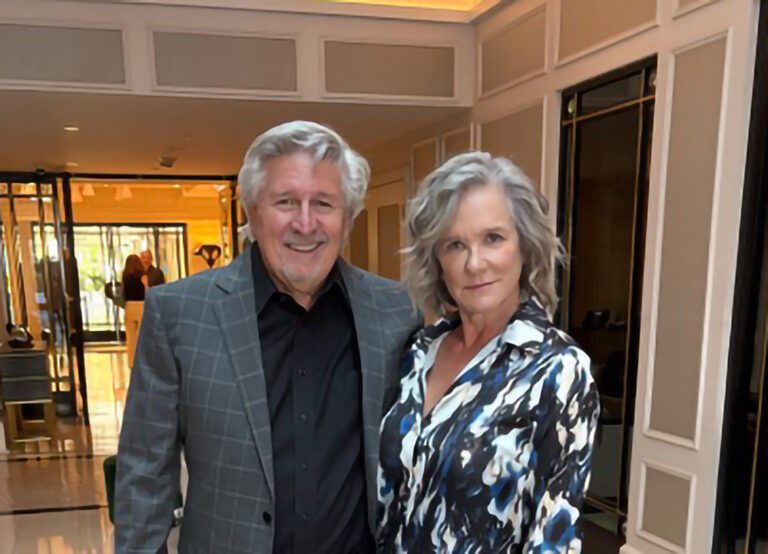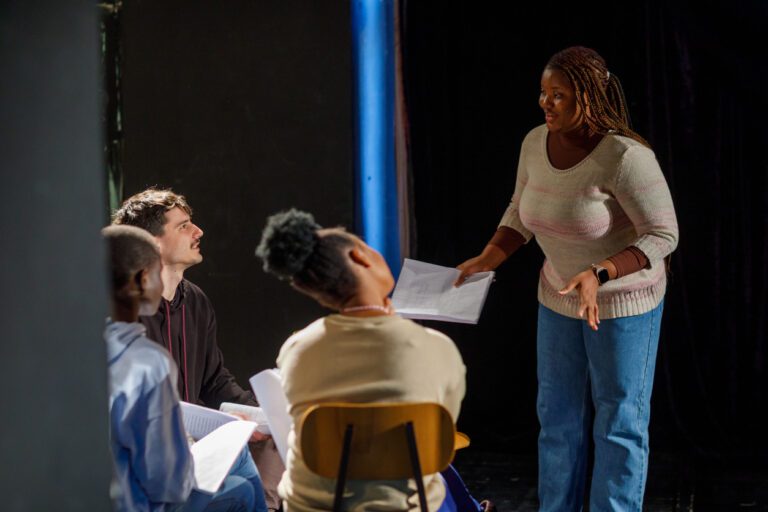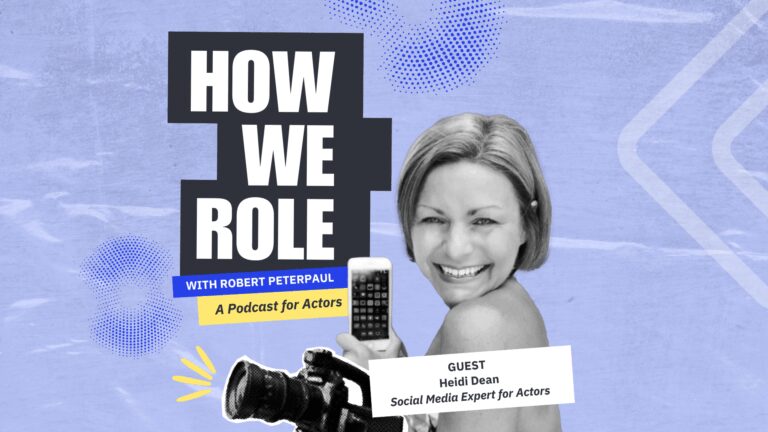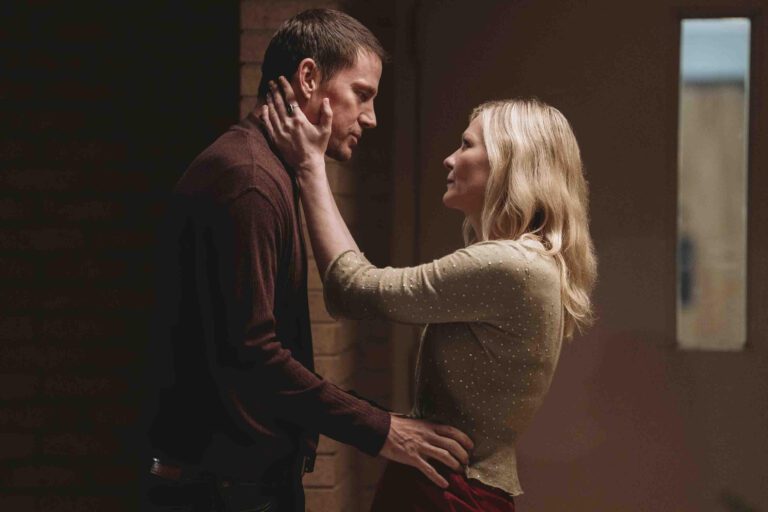“Typecasting” often gets painted as the villain: the dreaded prison that locks you into one category of roles until you’re either bored stiff or invisible to casting directors.
We’ve all heard the cautionary tales, like the actor who played “the wacky best friend” in three sitcoms and suddenly couldn’t get seen for anything else, or the young heartthrob who aged out of teenage romances and struggled to book in adulthood.
But here’s the truth, casting directors, agents and veteran actors will tell you: typecasting can also be your greatest ally if you know how to use it strategically.
Leaning into your “type” early in your career can help you get booked, build credits, and develop industry relationships. And once you’ve established yourself in that space? You can pivot and redefine what casting directors see when they think of you. This may not be an easy task, but as an actor, you’re a shapeshifter, so you can certainly learn how to walk through different doors when the time is right.
What You’ll Find in This Article
- What is Typecasting?
- Why Leaning Into Your Type Early Works
- Step One: Discovering Your “Type”
- Step Two: Leaning Into Your Type
- The Psychological Benefit of Owning Your Type
- The Danger Zone: When Typecasting Becomes a Trap
- Step Three: Breaking Out of Your Type
- Actor Case Studies: Typecasting Success Stories
- The Long Game: Managing Your Career in Phases
What Is Typecasting?
Typecasting is when casting professionals consistently see you as one kind of character based on your look, energy, voice or previous work. Think:
- The quirky comedic neighbor
- The stern, by-the-book authority figure
- The soulful, quiet romantic lead
- The tough, gritty detective
- The sweet, wide-eyed ingénue
While it can feel reductive, it’s a tool casting directors use to match actors to roles quickly. The key to making typecasting work for you is understanding that “type” is just a marketing category, not a life sentence.
Consider Adam Sandler, known for his goofy roles in films like Happy Gilmore. In 2019, he stepped out of his comedic realm and played a serious character in the thriller/crime drama Uncut Gems. He broke type and was praised by critics, proving he can do more than just comedy.
Why Leaning Into Your Type Early Works
- It Makes You Easier to Cast: Casting is often a high-speed puzzle: directors have a vision, deadlines loom, and they need actors who “fit” with minimal guesswork. If you project a particular type, you make their job easier — and you get hired faster.
- It Helps You Build a Track Record: If you keep booking the same category of roles, your résumé quickly becomes a proof sheet: “This actor can reliably deliver in X space.” Credits build confidence for both you and the people hiring you. Commercial actor David Banks has built his career on talking super fast and being funny. With hundreds of commercials under his belt, he was able to branch into movies and become known for his musical talents, as well as writing and directing.
- It Lets You Build Relationships Faster: When casting directors know exactly what to call you in for, you’ll start popping up in their minds more often. Repeated auditions and bookings lead to stronger connections.
- It Gets You on Set: Sometimes, getting on set matters more than the specifics of the role. Leaning into your type means more working days, more crew connections and more footage for your reel.
Step One: Discovering Your “Type”
You may have difficulty knowing your type. Your perception of yourself and the industry’s perception of you aren’t always the same. Here’s how to pinpoint it:
- Ask Your Acting Community: Have fellow actors and coaches describe you in three words, based solely on your energy and presence. If you hear the same things over and over (“warm,” “quirky,” “authoritative”), take note.
- Analyze Your Bookings and Auditions: Look at the casting calls you get called in for. Are they similar in tone, personality, or look? That’s a strong indicator of how you’re being seen.
- Self Tape a Variety of Archetypes: Record yourself playing very different roles — villain, rom-com lead, comedic sidekick, mentor figure — and watch them back. Which ones feel most authentic and pop on camera?
- Get Feedback from Industry Pros: Attend casting director workshops where you can get honest feedback about your type.
Step Two: Leaning Into Your Type
Marketing is an important part of your business. Since the product you’re selling is you, here’s how to intentionally market yourself:
Tailor Your Marketing Materials : Your headshot is your business card. If you’re the nosy neighbor, wear clothing that feels authentic to that character. If you’re the “sunny comedic best friend,” opt for brighter colors and a welcoming smile. For your demo reel, lead with clips that showcase your type in action. Casting directors rarely watch more than the first 30 seconds — make those seconds scream, “This is my lane!”
Choose Auditions Strategically: Don’t submit for every role. Focus on those that align with your type, so your résumé builds a cohesive brand.
Deliver Consistency: When you show up to auditions or self tapes, bring the qualities that define your type. If your character is a boss that everyone’s afraid of, wear an outfit and/or makeup that reflects how you’re cold and unapproachable. Consistency builds trust.
Train Within Your Type: If you’re booking a lot of comedic sidekick roles, take improv classes. If you’re the go-to cop or detective, consider learning firearm safety or procedural dialogue fluency.
The Psychological Benefit of Owning Your Type
Leaning into your type isn’t just about marketability; it’s about confidence. When you know your strengths, you walk into the audition room grounded.
You’re also less likely to spiral into, “Why am I not booking?” because your goals and submissions are more targeted. That mental clarity is worth its weight in residuals.
The Danger Zone: When Typecasting Becomes a Trap
Of course, there’s a dark side in that you’re limiting your opportunities. If you only ever book “quirky office worker,” casting directors may have trouble imagining you as a grieving mother or an action hero.
This is where Phase Two of your typecasting strategy comes in: the pivot.
Step Three: Breaking Out of Your Type
Once you have the combination of a strong résumé and a bunch of relationships in your pocket, you can start pivoting into other areas. So, what’s the game plan?
- Expand in Small Increments: Rather than taking the big leap (example: from sitcom goofball to Shakespearean tragedy), aim for roles that are adjacent to your type, but that also add a new dimension. Example: if you’re the no-nonsense dad, try for a no-nonsense dad who’s also a lawyer.
- Create Your Opportunities: Write, produce or collaborate on short films or stage projects that show you in a completely different light. When the industry won’t hand you the role, make it yourself.
- Add New Training and Skills: Want to go from “friendly nurse” to “action lead”? Start stunt training or martial arts. Want to shift from “intimidating CEO” to “heartfelt mentor”? Take scene study classes that focus on vulnerability.
- Update Your Marketing Materials Gradually: Don’t flip your entire brand overnight. Add new headshots and reel clips that hint at your expanded range, while still keeping your bread-and-butter type visible.
- Leverage Relationships: Once you’ve proven yourself reliable in your type, tell your trusted casting contacts, “I’d love to read for something outside my usual lane.” If they like you — and they will — they might give you a shot.
Actor Case Studies: Typecasting Success Stories
- Steve Carell: From “Funny Guy” to Dramatic Lead
Carell built his career as a comedic actor (The Office, Anchorman), then pivoted into dramatic work (Foxcatcher, The Big Short). His comedic timing didn’t disappear — he just applied it to layered, complex roles.
- Bryan Cranston: From Goofy Dad to Meth Kingpin
Cranston was everyone’s lovable sitcom dad on Malcolm in the Middle before transforming into Walter White in Breaking Bad. That leap worked because he had years of proven reliability as an actor, plus a willingness to commit to the darker role.
- Melissa McCarthy: From Comedy Powerhouse to Dramatic Force
McCarthy’s breakout comedic roles (Bridesmaids, Mike & Molly) cemented her as a force in humor. She then expanded into drama with Can You Ever Forgive Me?, earning an Oscar nomination while retaining her comedic roots.
These examples show that a strategic approach to typecasting isn’t about limiting yourself; it’s about building a strong foundation from which to expand.
The Long Game: Managing Your Career in Phases
To recap:
- Foundation Phase: Lean in hard. Book as much as you can in your strongest type.
- Expansion Phase: Start adding variety to your portfolio with adjacent roles and self-produced work.
- Reinvention Phase: Once you’re established, take bigger leaps into unexpected territory.
By approaching your career this way, you keep both your bank account and your artistry healthy.
Pro tip: The industry doesn’t “give” you permission to shift. You create that opportunity by showing proof you can handle it. You’re not a “type.” You’re a storyteller with a wide range of tools, and typecasting is just one of them.
You may also like:
